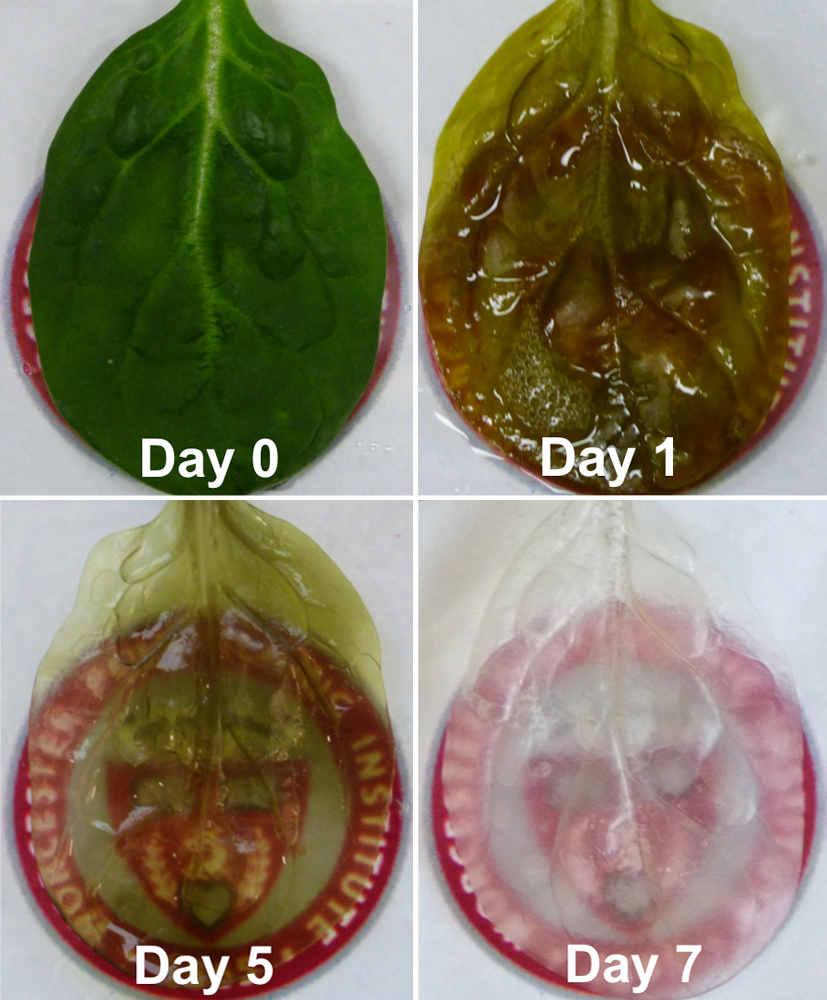What if saving a life started with a leaf of spinach? It may sound far-fetched, but science has taken an unexpected turn—straight into the produce aisle. In a stunning breakthrough first reported in 2017, researchers used spinach leaves to grow human heart tissue. This discovery could offer a new, affordable, and sustainable approach to tissue engineering and organ repair.
The study, led by scientists at Worcester Polytechnic Institute (WPI), explores how natural plant structures can support the growth of living human cells. The focus is on replacing or repairing damaged heart muscle—something that modern medicine has struggled to achieve on a large scale. By transforming plants into living scaffolds, researchers may have opened a new path toward repairing organs and creating lab-grown tissues, especially for the heart.
How Spinach Became a Scaffold for the Heart
At first glance, spinach seems like an unlikely tool in high-tech medicine. But researchers noticed something fascinating—the leaf’s network of veins looks a lot like the tiny blood vessels in human tissue. That similarity sparked an idea: Could a spinach leaf help grow real human heart tissue?
To test the concept, the team flushed a spinach leaf with a mild detergent. This process removed all plant cells and left behind a clear, thin framework made of cellulose. The cellulose structure retained the leaf’s detailed vein system. That network turned out to be the perfect starting point for growing living cells.

Scientists then seeded the leaf with human heart cells. Within five days, those cells began to contract and beat—just like real heart muscle. The spinach veins even carried fluid, mimicking how blood would move through human tissue. It was a remarkable moment. A once-edible leaf had become a beating piece of human heart tissue.
Why Cellulose Makes a Difference
Cellulose is the material that remained after the spinach was decellularized. Found in all plants, cellulose is strong, flexible, and doesn’t trigger immune reactions in humans. That makes it an ideal material for medical use.
Doctors already use cellulose in wound care, cartilage repair, and even bone healing. What makes this new use different is how naturally the spinach structure works with human heart tissue. The plant’s original vein network allows for better fluid flow, which helps keep heart cells alive.
Another big advantage is cost. Plants grow quickly and don’t require expensive manufacturing. That means plant-based scaffolds could make heart tissue treatments more accessible and affordable.
Exploring Other Plants and Future Applications
Spinach wasn’t the only plant under the microscope. The research team also tested parsley, sweet wormwood, and peanut hairy roots, as each plant has unique features that may work well with specific tissue types.
For example, hollow stems in some plants could mimic blood vessels, and tronger plants like wood could serve as scaffolds for bones. This approach offers exciting flexibility. By selecting the right plant, scientists can tailor scaffolds for different uses—including more complex types of human heart tissue.
However, this is just the beginning. Many questions still need answers. Can plant-based scaffolds handle the stress of beating in the body over time and will the human immune system fully accept them? Can they function well in real patients, not just in the lab?
The research is still in early stages, but the potential is huge. If these challenges are solved, growing heart patches—or even whole sections of human heart tissue—may become possible.
A Greener Future for Medicine
Heart disease remains the leading cause of death around the world. Millions of people suffer heart damage each year, often with limited options for treatment. Growing human heart tissue from plants could change that.
This method offers more than medical benefits. It also supports sustainability. Most current scaffold materials come from synthetic or animal sources. By turning to plants, researchers reduce waste and environmental impact. They also cut costs, making treatments more accessible—especially in places with fewer resources.
Using spinach and other plants offers a unique blend of science and nature, and is a more sustainable process to one of medicine’s toughest problems.
Final Thoughts
What started as a leafy green ended up beating like a human heart. In 2017, researchers used a spinach leaf to grow living human heart tissue, proving that nature holds unexpected answers to modern medical problems.
The path from plant to patient still has many steps, but this study marks a major milestone. With further research, plant-based scaffolds could lead to new ways to heal damaged hearts, reduce transplant wait times, and lower treatment costs.
In the end, one humble spinach leaf could help shape the future of regenerative medicine—and save lives.

